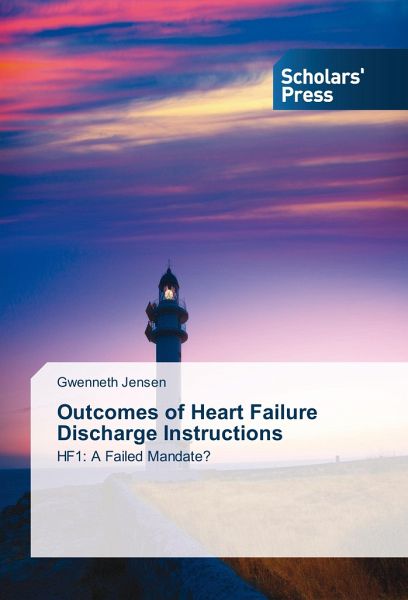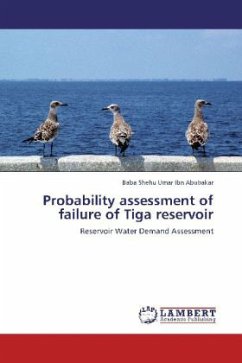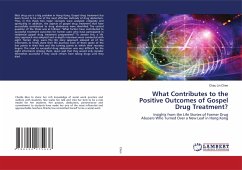
Outcomes of Heart Failure Discharge Instructions
HF1: A Failed Mandate?
Versandkostenfrei!
Versandfertig in 6-10 Tagen
53,99 €
inkl. MwSt.

PAYBACK Punkte
27 °P sammeln!
Heart failure (HF), a global epidemic of older adults, affects nearly 6 million people in the United States, alone. More than 600,000 new cases and over a million hospitalizations occur each year. Total related costs are expected to exceed US $160 billion by 2030. Hospitalization, itself, may mark a shift in the natural history of HF and predicts re-hospitalization within 1 to 6 months. Hospitals are scrambling to reduce costly readmissions. Meanwhile, regulators equate HF core measures with hospital quality of care and link compliance to reimbursement. Core measure HF1, related to patient dis...
Heart failure (HF), a global epidemic of older adults, affects nearly 6 million people in the United States, alone. More than 600,000 new cases and over a million hospitalizations occur each year. Total related costs are expected to exceed US $160 billion by 2030. Hospitalization, itself, may mark a shift in the natural history of HF and predicts re-hospitalization within 1 to 6 months. Hospitals are scrambling to reduce costly readmissions. Meanwhile, regulators equate HF core measures with hospital quality of care and link compliance to reimbursement. Core measure HF1, related to patient discharge instructions, was essentially a proxy for HF self care education. Yet, as deployed, HF1 was inconsistent with current theory and science. This study suggests that, although intuitively compelling, the mandate for HFI compliance may have unwittingly encouraged wasteful gaming to achieve compliance, but did not impact readmission or cost outcomes. Rather, multivariate models demonstrated that other covariates, such as select co-morbid conditions and the type of nursing care unit during hospitalization may be associated with readmission. Core measure HF1 was quietly discontinued in 2014.












